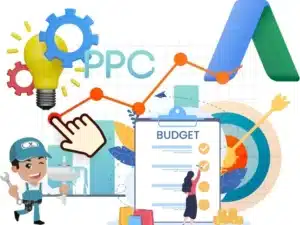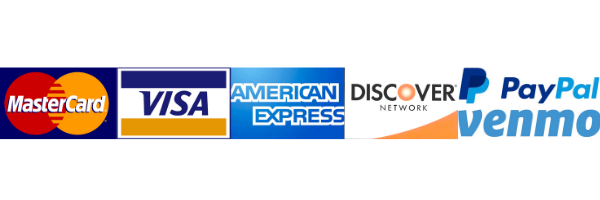Imagine milk as a product. If you consider all the wonderful things you can make with milk, it seems like a halo product. There are at least 100 different types of cheeses that you can make using milk and that’s just one dairy product category.
There are a few different types of coffee, ice creams, teas, and other beverages. You can even condense it and turn it into different delicacies. So basically, you can turn milk into different things that different people want.
What if I tell you that the same thing is possible with content? Sounds promising, right?
Well, there is and it’s known as content atomization. With content atomization, you can repurpose a long-form piece of content into different forms and sizes. This way you can serve it to your audience in the form and size they most prefer.
So let’s find out more about content atomization, shall we?
What is Content Atomization?

Content atomization is the process of strategically breaking down a long-form piece of content into small pieces of content and serving them in multiple formats.
The main objective behind this is to serve content in more palatable sizes to different sets of audiences and in a format they prefer.
Not every set audience will have time or be interested in reading through a 1500-word or more caste study, whitepaper, or article.
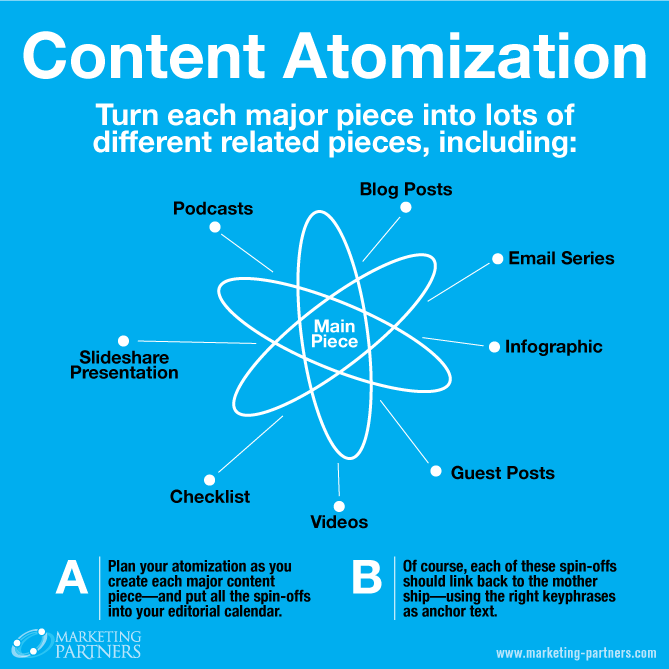
Sometimes, they’re only searching for a particular bit of information that may be present within your long-form content. Content atomization allows users to get a specific bit of information by serving them in smaller content pieces.
Thus, you’re making it easy for your audience to learn exactly what they want to learn.
Moreover, not every set of audiences likes to read the content. Some enjoy reels, videos, podcasts, etc. By making your content available in different formats, you’re enhancing the customer experience tremendously.
As marketers, we all know the importance and benefits of customer experience!
Benefits of Content Atomization:
There are multiple benefits of content atomization and we discussed a few important ones in the earlier section. In this section, we shall consider the direct business benefits of content atomization.
So let’s get started, shall we?
SEO Benefits–
More content elements mean more opportunities to target a given phrase, keyword, or topic. Essentially it implies that with Content Atomization, you will be publishing a lot more content for search engines to cherry-pick from.
Moreover, publishing on channels you wouldn’t usually give you additional clicks and we all know how much search engines love organic clicks.
Repurposing Opportunities–
With content atomization, you can repurpose your content more efficiently and in various forms. For example,
- You can repurpose one of the elements you have written as a framework for a podcast series or
- Atomize an in-depth and detailed blog that you have written, divide it into various parts and make it into a blog series.
- Take statistics, facts, and figures from a blog and publish those on different social media platforms.
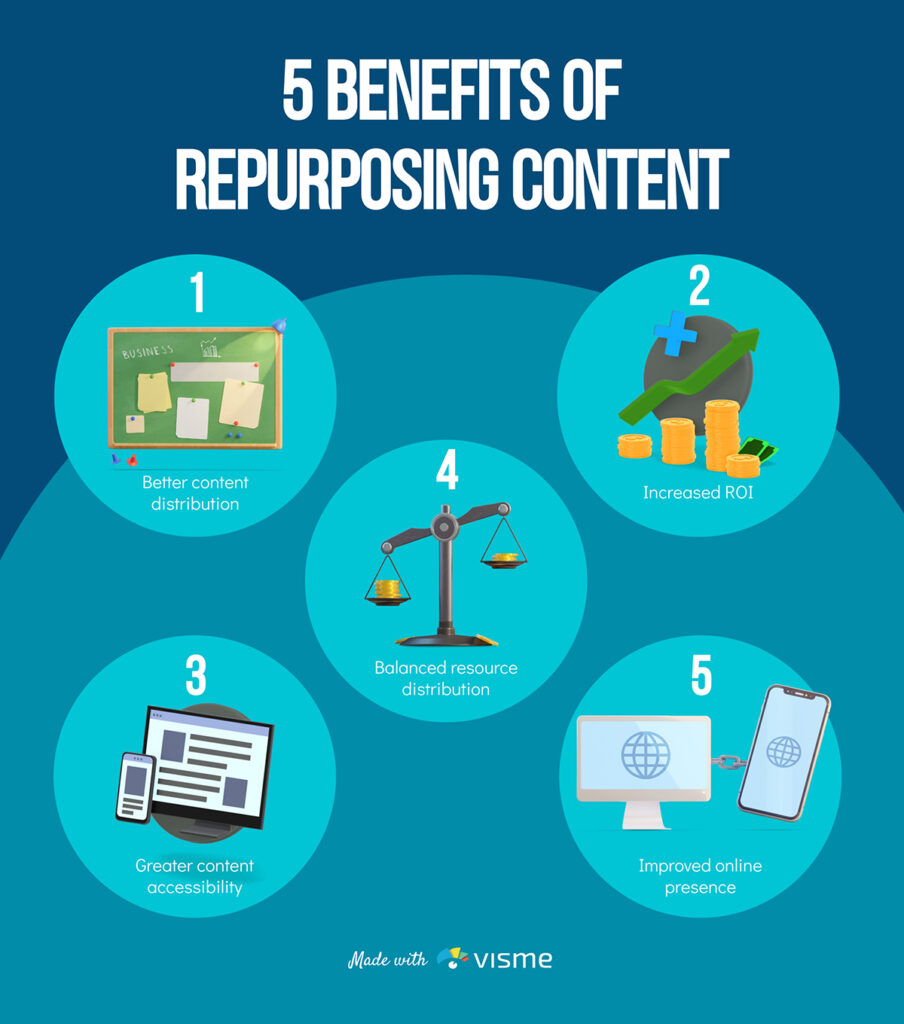
Following content, atomization maximizes your reach and brand exposure while enhancing the experience and ease you’re delivering to your customers.
Better Engagement–
You may be aware of the marketing statistic that shorter duration content performs better. While that is true the underlying cause isn’t shortening attention spans as a lot of people on the internet would like you to believe.
People love having options, even when it comes to how they consume content. Shorter duration content performs well when it’s mostly in the form of audio-visuals, reels, stories, etc.
You can generate a lot of interest, views, and engagement using this approach of content atomization. Stories, reels, and short videos have options that let people interact with the content too. So make the most of it.
Brings in Diverse Types of Audiences–
As mentioned before, people have diverse preferences. Some prefer to read texts, some prefer videos while others prefer infographics, podcasts, or other formats for consuming content.
Content atomization gives them the option to consume content in the form they most prefer. The benefit? You will rake in more and a diverse set of audiences compared to if you chose to publish content in a single format.
Thus, you maximize your brand’s reach, and brand awareness and increase marketing penetration using content atomization.
Helps you build Authority Effectively–
When you post a single long-form blog article, search engines will notice you just once. With this approach, you have to post regularly and a lot to get recognition from search engines as being an authority for that subject matter.
When you opt for content atomization, a single long-form blog article ends up in multiple posts in multiple formats. Thus, for a single topic in the form of an article, you have multiple posts and search engines take note of it.
Thus, content atomization makes it easy for you to build and assert authority pertaining to the specific subject matter.
With the benefits understood, we can move on to the most important part. Let’s learn how you can atomize content!
How to Atomize Content?
Content atomization can be tricky to perform. While you have a lot of options, using all the options every time is not necessary.
Let’s check the atomization process properly so you can have it easy when performing content atomization yourself.
Step I: Decide on a Good Topic
Selecting good topics is a necessity. You should have a strategic content plan that covers all the trending and evergreen topics concerning your niche. Following this plan will help you build a topical authority.
There are two things you need to ensure while choosing a good topic. Firstly, the topic needs to be interesting or should be related to topics trending in the market. The topic needs to be broad enough so that it’s easy to break it down into elements.
Ensuring these two things will provide you with solid groundwork to build an effective content atomization strategy.
Step II: Conduct Thorough Research
Choosing a good topic is just the right start. You have to follow it up with deep research into the chosen topic. Identify all the important sub-topics that you can highlight and atomize. Note down all the latest and unique stats and facts about the chosen topic.
Now conduct thorough research about the important sub-topics identified earlier. This will give you enough content to work with and expand onto these sub-topics.
Create a framework for posts in different formats using the research and insights you’ve gained. Once you have the framework, you can start with the next step.
Step III: The First Blog
The process of content atomization commences with the creation of the primary blog post. This blog post will cover everything pertaining to that topic but not venture into the details with all the sub-topics. This blog post will act as a pillar article.
This blog post acts as an anchor for all the atomized posts and helps you keep everything organized. Moreover, this blog post will help you interlink each piece of content with one another.
This way even the search engines will have an easy time discovering all the atomized pieces of content pertaining to that topic. In terms of word count, usually, a pillar article is about 3000 words and above. So make sure you hit the mark.
Step IV: Create Smaller Blog Posts
Once you have the pillar article up and live on the website, you can start with creating smaller blogs about the important subtopics.
If the word count of your pillar article is above 3000 words, these smaller blog posts should contain around 1200 to 1500 words each. Leverage the research conducted before and create rich content covering each sub-topic in depth.
Once these posts are created, publish them and have them internally linked to the respective sections in the main pillar article. Thus, if an audience wants to explore a particular sub-topic in more detail, he has the option to do so.
With this approach, you’re considering improving the customer experience you’re providing ease and additional information to the audience.
Step V: Additional Content Types
The next step involves publishing the same pieces of content in different formats. The options you have are plentiful. You can create a video and post it on youtube with a link back to your pillar article.
The same approach can be adopted for a reel, Instagram video, carousel, post, podcast, etc. The important thing is to link back to the pillar article.
This will drive additional traffic to your main blog post and your audience will be able to discover more internally linked topics.
Moreover, giving your audience the choice to consume content in the form and manner they like adds significantly to the consumer experience.
Step VI: Promote on Social Media
The final step involves publishing all the atomized pieces of content on different social media channels. The posting schedule needs to be systematic. Publish the posts in a staggered manner with the longer ones going live before the shorter ones.
This will help you create a general narrative that you choose a topic and expand on it in detail and make available in different formats.
Once people understand the procedure, they will know what to expect every time you take on a new topic. You can use their anticipation and create hype among your audience for new topics.
Content Atomization Ideas
Here are all the formats and manners in which you can break down a broader topic and atomize it. Always remember, knowing all the formats doesn’t necessarily mean you utilize all of them.
Consider your target audience and their preferences and atomize content accordingly.
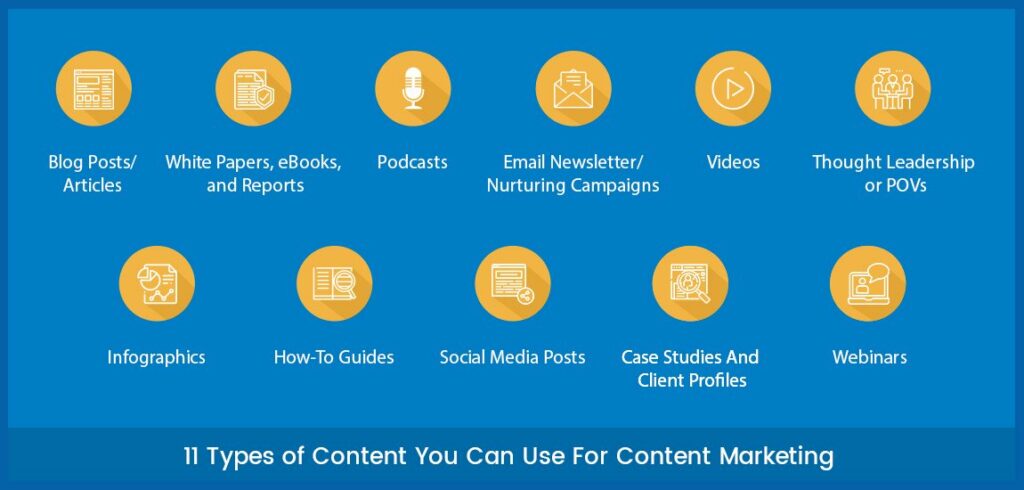
Written Content
- Tweets
- Facebook posts
- Blog posts
- Guest posts
- LinkedIn post
- Google + post
- Wikipedia entry
Audio or Visual
- Podcasts
- Instagram posts
- Slideshow on SlideShare
- GIFs
- Memes
- Spotify Podcasts
- Itunes Podcasts
- Youtube videos
Interactive
- Polls
- Games
- Challenges
- Quizzes
- Self-assessments
- Surveys
- virtual events
- Reddit Q&As
The Bottom Line
Content Atomization is a potent tool that allows you to scale the utility and effectiveness of your content exponentially. With this strategy, you can expect your engagement levels, readership, and topical authority to grow substantially.
You will not only be recognized by search engines but also by an audience previously unreached and experts in your industry.
With the framework and tips provided in this article, we’re sure you’ll be able to make the most out of your content and hit the ground running with atomization.
So which topic will you begin to content atomization with?

Meghraj
Meghraj is a B2B and SaaS content marketing specialist. He is skillfully able to drive organic traffic growth using high-quality content that ranks on Google. He’s a real estate enthusiast and hunts for good deals in his spare time.


